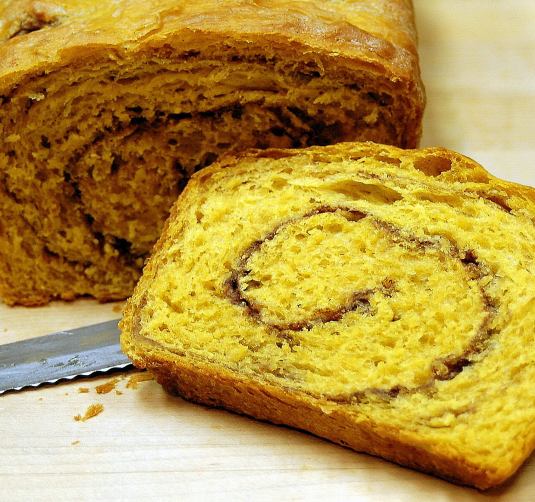Artisan bread—at last!
Crispy, chewy, full of big, airy holes. . . ah nirvana! I’ve been baking bread since I was a child, yet I’ve never mastered the true “hole-y” artisan bread. Lord knows I have bought every type of flour imaginable from King Arthur Flour, but still something was missing. Found it! Actually my dear friend R’s sister-in-law found it, but lucky me because it was passed on.
This bread will make your bread-making life complete—well, not complete maybe, but it will make you and everyone you share it with very, very happy! The process beforehand is equivalent to making a biga, which is what helps with the flavor and holes.
Don’t be scared of the three-day process. For a bread this amazing, it is ridiculously easy. If you’re an experienced user of yeast, the texture of this bread is very different. You will not get the satisfaction out of pretending it’s your former boss by bashing and kneading it to death, but you will get enormous satisfaction after you taste it.
It’s kind of slimy, but it’s supposed to be. Your KitchenAid will be your best friend. Use only the paddle, not the hook or whisk. On the third day be very generous with the flour on your board or pastry cloth. Drop, flip, cut, shape, and move it (gently) to your pan. Slash it and proceed with the misting, etc. You will not be disappointed. You will be in awe.
Here’s the recipe exactly as it was given to me. If you have any questions or concerns, email me and I can explain. Please try it. Pretty please.
Italian Country Bread
First day: Mix ½ teaspoon yeast in 1 cup warm water in mixer bowl; when dissolved, add 1 cup flour (King Arthur White.) Beat 50 times to mix. Cover bowl with plastic for 12 to 24 hours.
Second day: Dissolve 1 ¼ teaspoons yeast in 1 ½ cups warm water. When dissolved, add to starter and mix. Then add 2 cups flour to starter and mix 50 strokes. Cover with plastic wrap for 12 to 24 hours.
Third day: Stir 1 ½ cups flour into starter with a wooden spoon 20 or 30 strokes. Put mixing bowl in mixer, using the mixing blade (not the dough hook), turn on to lowest speed and mix 17 minutes. Turn off mixer, letting dough – which will be VERY wet – slide into bowl while you get 1 Tablespoon salt. Turn on mixer to lowest setting, sprinkle salt slowly into bowl and mix 3 minutes. At this point you can leave dough in bowl to rise or transfer to an oiled large bowl. Cover bowl with plastic and leave for 4 or 5 hours – should be tripled in size.
Preheat oven to 450 degrees, place rack in lowest position in oven. Have a spray bottle of plain water ready. Use parchment paper on large silver cookie sheet. I fold the parchment paper in the middle of the sheet to form a barrier between the two loaves.
Turn the dough out on a heavily floured surface (I use a pastry cloth). The dough will slowly fall out of the bowl in a wet heap. Take one side of the circular heap of dough and pull it toward you until the dough is turned over and the floured side is up. The dough will now have an oblong shape. Cut it down the center with a dough knife or large narrow-bladed knife, forming two narrow, long loaves. Tuck the ends under to maintain a uniform rectangular shape and transfer each loaf to the pan. The dough will be very soft and shapeless making it hard to handle until you get used to it. I put a hand on each end, push the dough toward the center and lift it quickly to the sheet, spreading it to the shape I want. Score the loaves with a sharp knife, three cuts on each loaf.
Put the bread into the oven, spray the bread and oven with water, close door. Spray every 3 minutes for 3 times. Total cooking time is 38 minutes including spraying time. The purpose of the spraying is to keep the crust soft at first so the bread can expand and form a lovely texture.
Now, let me say I have violated every one of these instructions in one way or another and I’ve never had a failure – this bread is incredibly forgiving. I don’t say this as a challenge – I’m sure it can be screwed up – but so far any reasonable effort has been rewarded.
Oh, make sure your butter is at room temperature so when the bread comes out of the oven you can slather some on your first slice! And, for more yeast love check out YeastSpotting!





